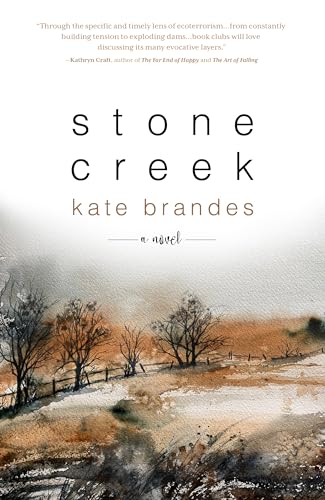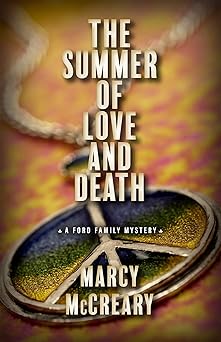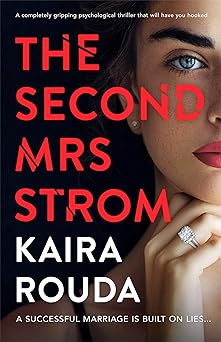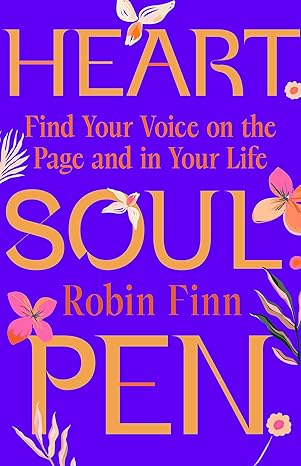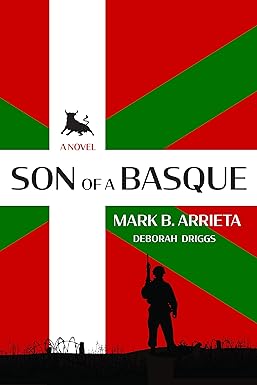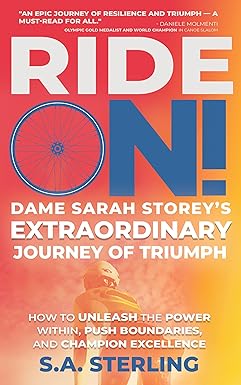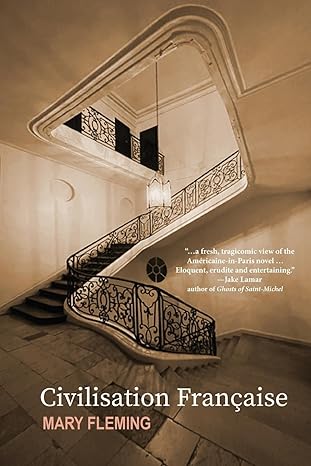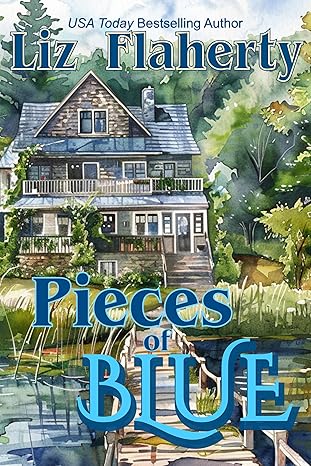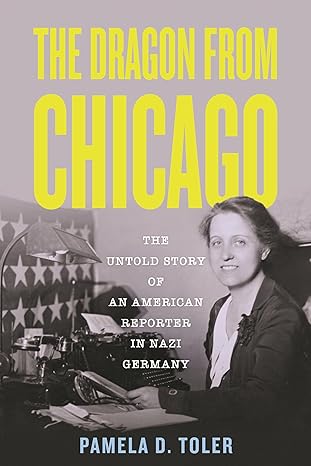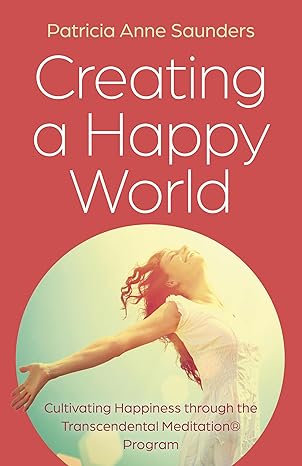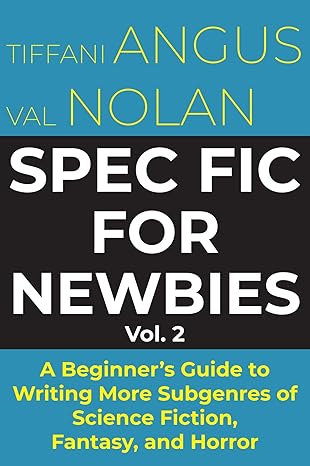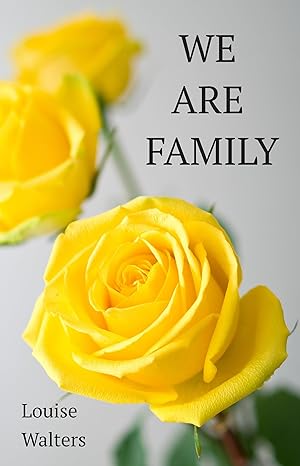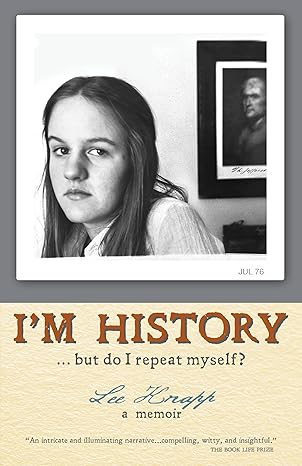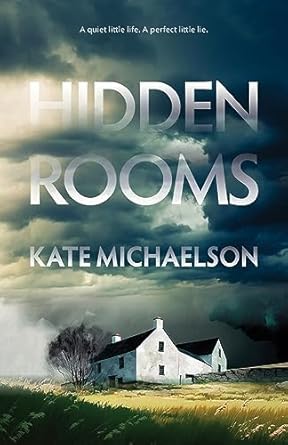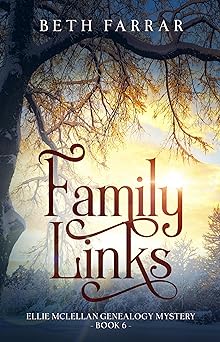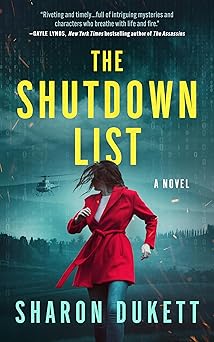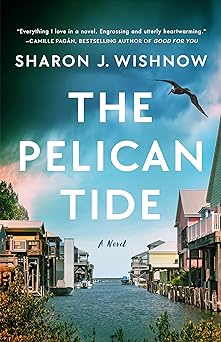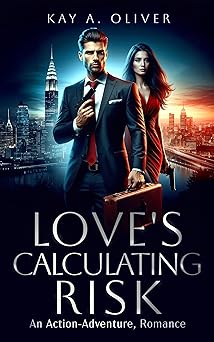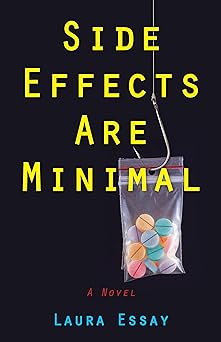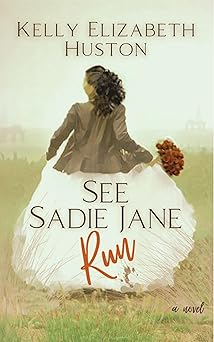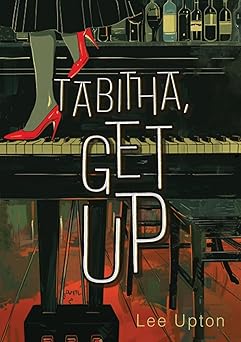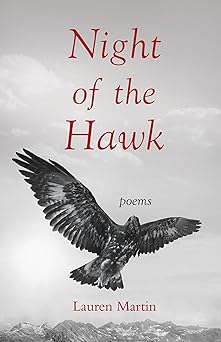Finding My Inspiration: How I Wrote The Girl Who Tried to Change History
By Melissa Kaplan
It was a rainy afternoon in the spring of 2009. I was sitting in a café, reading a novel (World War Two historical fiction, my favorite), and as my eyes traced the words on the page, my mind began to wander. Suddenly, seemingly out of the blue, a question popped into my head.
What if one of the people in this café approached me, and this total stranger offered me the chance to go back to the past, to change the very history I’m reading about?
Of course, the idea was absurd. I knew this. And yet, somehow, this random thought that flitted through my mind that day planted a seed that grew, bit by bit, until it blossomed into my first novel.
To give you a bit of background about myself: I’ve been a voracious reader and history buff my entire life. Ever since I first discovered the Little House on the Prairie series as a child, I’ve been fascinated by stories—real and imagined—about people living in other times. As a teenager, I began picking up books off my parents’ bookshelf about the Second World War. Although this was the era of my grandparents—far removed from my own youth in the 1980s and 1990s—something about this time period spoke to me. Was it the larger than life stakes of the global battle of good versus evil? The nostalgic, black and white glamor of a bygone time? I can’t really say for sure, but once I discovered World War Two historical fiction, I was hooked on the genre, and there was no looking back.
For years, even as I pursued other professional and educational goals, I dreamed of being a writer. More specifically, I wanted to write a World War Two novel. But for a long time, I was stymied. I felt like every possible avenue for writing such a book had already been thoroughly explored, and I didn’t want to publish something derivative. I wanted to create something new and compelling, but I couldn’t seem to find the right hook.
Then came that café revelation, and I started to wonder—what would happen if I wrote a book about World War Two, but featuring a modern-day heroine as protagonist? What if I threw a little time travel into the historical fiction mix?
At first, I strongly resisted this idea. I’m not a science fiction writer! I told myself. This isn’t my thing. I can’t write a book like this. I’ll mess it up if I try.
And yet, I couldn’t let go of the idea. It kept swimming around in my head. I finally decided to turn to the page and see what I could come up with by following this random notion down whatever rabbit hole it might lead me.
And so, for a year and a half, I sat down for an hour every Sunday, and worked on my novel. I didn’t tell anyone I was doing it. I showed up at the page, drafted an outline, began the story, and let it take me where it wanted to go.
Soon, I had created something unexpected. It was part love story, part history lesson, part time travel adventure, and overlaying all of that was a central question—how does when and where we are born shape us, and our destinies? What do we owe to our ancestors, and to our descendants? How are multiple generations impacted by choices made by one person in seeming isolation—and how might the ability to travel back to the past potentially screw all of that up?
And so, word by word, page by page, The Girl Who Tried to Change History was born.
It’s my first novel, and because of that, it will always be special to me. Finishing it felt like such an achievement, and the day I signed my contract to publish it, I was absolutely ecstatic. But it’s still amazing to think how it all came to be. I got an idea in a burst of inspiration; I resisted it for years; I finally surrendered to this seemingly crazy notion and sat down to write. I wrote two hundred pages (more than I’d ever written on a single project before in my life), over the course of a year and a half.
I didn’t know what would happen to the story I was writing once I finished. I wasn’t sure it would ever see the light of day beyond my laptop. All I knew was that I had to write this story. I had to keep going until it was done.
Writing can be hard, and the publishing process is often daunting. But if you have a story you’re writing that you want to share with the world, I have a request for you—please don’t be discouraged. Keep going, but by bit. Get your thoughts down on paper, follow the trail the words lead you down, and commit yourself to bringing your story to life. Even if you never become a bestselling author, the process of creating something that’s all yours, and then sharing it with the world and seeing it touch other people too, is one of the most rewarding things I’ve done in my entire life. And it can be for you as well.
—
Melissa Kaplan is the author of the historical fiction novel, The Girl Who Tried to Change History, available on amazon.com. Her second novel, about how the lives of two real 20th century figures might have turned out if one event in their story had happened differently, will be published in 2025.
THE GIRL WHO TRIED TO CHANGE HISTORY
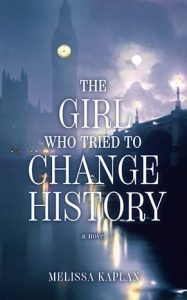 When a mysterious stranger sat down beside her on a park bench one day in the spring of 2009, Vivienne Riley was thinking only of completing her PhD dissertation in history. Soon, however, she finds herself being recruited into a top-secret experimental program designed to right some of the wrongs of the past by sending time travelers back to the Second World War to attempt to change the future. Vivienne agrees to participate and soon she is on a collision course that imperils her own life and the lives of those she loves. Over the course of her journey into the past, Vivienne finds love, suffers heartbreak, and learns firsthand what it means to live in and survive World War II in London, all the while making a series of well-meaning decisions that may alter the future in ways she cannot imagine. Is it really possible to change history, even with time travel-and even if we could, is it a good idea to try?
When a mysterious stranger sat down beside her on a park bench one day in the spring of 2009, Vivienne Riley was thinking only of completing her PhD dissertation in history. Soon, however, she finds herself being recruited into a top-secret experimental program designed to right some of the wrongs of the past by sending time travelers back to the Second World War to attempt to change the future. Vivienne agrees to participate and soon she is on a collision course that imperils her own life and the lives of those she loves. Over the course of her journey into the past, Vivienne finds love, suffers heartbreak, and learns firsthand what it means to live in and survive World War II in London, all the while making a series of well-meaning decisions that may alter the future in ways she cannot imagine. Is it really possible to change history, even with time travel-and even if we could, is it a good idea to try?
BUY HERE
Category: On Writing




